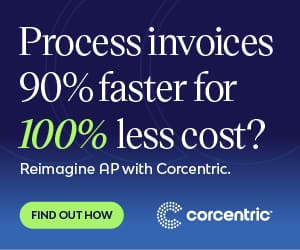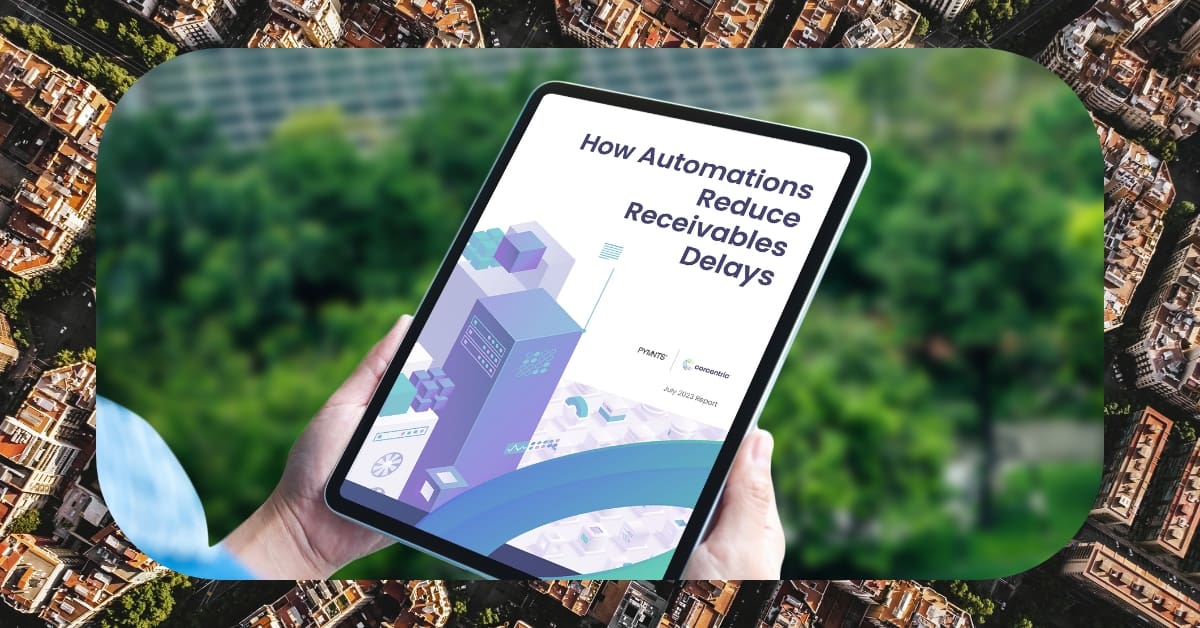How To Implement A Cloud-Based Procurement System: A Source-To-Pay Solution For Cfos

Cloud Based Procurement System
The process of implementing cloud-based procurement system should begin by ensuring that an organizations needs are met. Companies should assess their business requirements, budgetary limitations, and goals, to paint picture of their desired system. Creating detailed plan at the onset of the procurement process is essential to deriving the best possible outcomes.
The next step is selecting the appropriate system. Organizations will find that the cloud-based market is filled with various source-to-pay products, each offering different features and capabilities. Choosing the system that best suits their needs will ensure the organization is able to leverage the most from their cloud-based procurement.
Additionally, when selecting system, organizations should consider the integrations offered by the vendor. Everyone from suppliers to third-party applications should be integrated. The procurement system should be flexible enough to integrate with any critical business functions, as well as allow for the easy export of data for easy analysis.
Ensure ComplianceOnce cloud-based system is selected, it is important to ensure compliance with all applicable laws and regulations. Organizations should ensure that the system adheres to local, state, and federal laws, while also meeting industry-specific requirements. This could include certifications, licensing, and more.
Prepare for ExecutionWith compliance out of the way, organizations can begin to focus on the implementation of their source-to-pay system. The best way to do this is through careful planning and development of an implementation strategy. Companies should review their business requirements, goals, and existing processes to construct the most optimal platform for executing the cloud-based system.
The process should begin with detailed assessment of the organizations existing processes. This phase should include aspects such as user experience, automation, and data analysis. Companies should assess the workflow, look into any pain points, as well as determine how the source-to-pay system can be leveraged to alleviate any issues.
Training Once the implementation strategy has been established, companies should focus on end-user training. Within the cloud-based procurement system, there will be number of users that need to be trained on different modules. This could include suppliers, employee and third-party applications. Companies should develop plan to ensure that the users are properly trained on the new system.
Testing Organizations should perform testing during the implementation process. This could cover every aspect from data integrity to user interface. This will ensure that the system works as its intended, as well as identify any potential issues prior to the completion of the process.
Going Live Finally, organizations should rollout their source-to-pay system. This involves transitioning existing processes to the new cloud-based system. Organizations should ensure that all users are trained, the system is tested, and the procurement process is ready for full optimization.
Conclusion By taking the appropriate steps, organizations can leverage the power of cloud-based procurement systems to optimize their financial performance. Through careful assessment, selection, compliance verification, implementation, training, and testing, companies can ensure that the most suitable source-to-pay solution is leveraged to its fullest potential, providing executives with the best tools to manage their finances.

